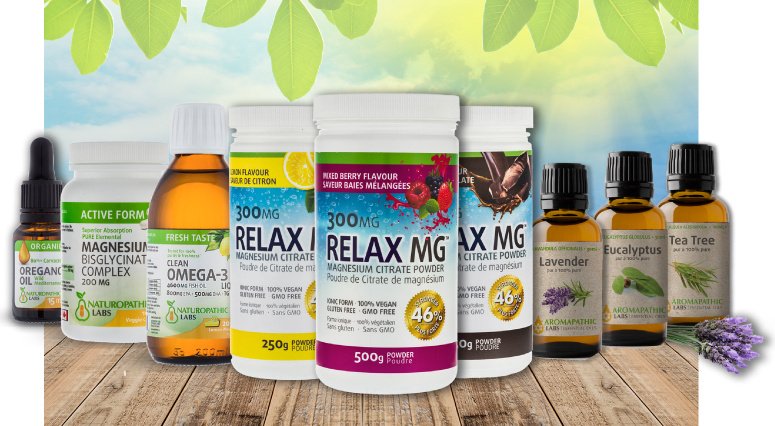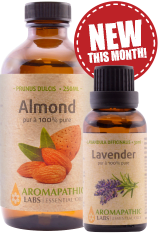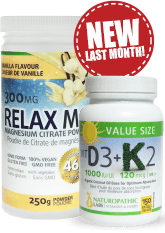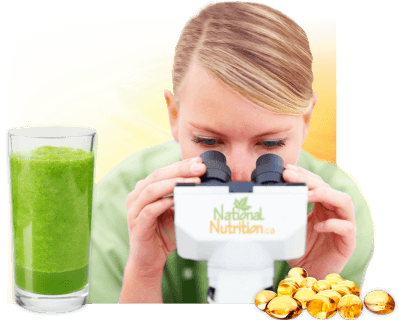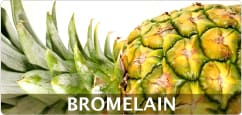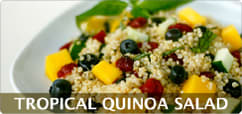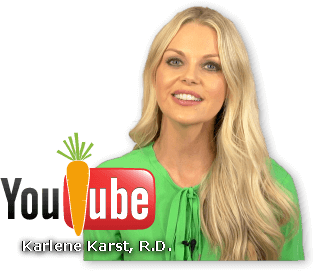- Home >
- Badger Active SPF30 Sunscreen Cream (Lavender) - 87ml - Badger
Active SPF30 Sunscreen Cream (Lavender) - 87ml - Badger
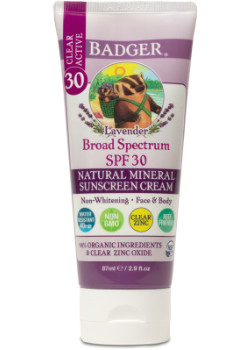
We're sorry, we no longer carry this item.
Check These out
Suggested, Similar, & Related Products:
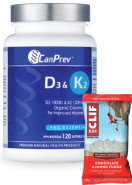
Sale: $24.99
Reg.: $29.99 (Save $5.00)
(Click Add to Select Bonus)
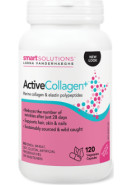
Sale: $42.49
Reg.: $57.99 (Save $15.50)
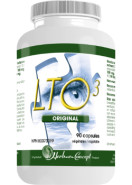
Sale: $29.99
Reg.: $32.99 (Save $3.00)
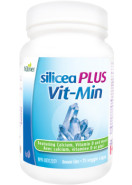
Sale: $26.99
Reg.: $59.99 (Save $33.00)
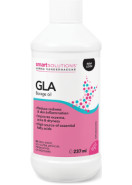
Sale: $42.49
Reg.: $56.39 (Save $13.90)
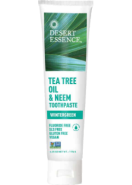
Sale: $10.44
Reg.: $12.27 (Save $1.83)
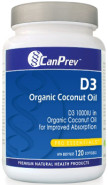
Sale: $12.99
Reg.: $16.99 (Save $4.00)
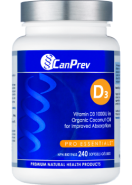
Sale: $19.99
Reg.: $22.99 (Save $3.00)
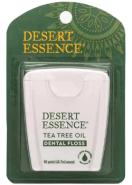
Sale: $3.49
Reg.: $4.99 (Save $1.50)
Or, Shop our Latest Deals:
Shop Now >- Non-Nano, Uncoated Zinc Oxide 18.75%
*Olea Europaea (Organic Extra Virgin Olive) Oil, *CeraAlba (Organic Beeswax), *Butyrospermum Parkii (OrganicShea) Butter, *Theobroma Cacao (Organic Cocoa) Butter,*Simmondsia Chinensis (Organic Jojoba) Oil, Essential Oilof *Lavandula Angustifolia (Organic Lavender), Tocopherol(Sunflower Vitamin E), and CO2 Extract of *Hippophae Rhamnoides(Organic Seabuckthorn)
* = Certified Organic
Format
 Liquid
Liquid
87ml
Dosage
Knead tube before each use. For full protection, apply liberally (2mg/cm2 of skin) to all exposed skin 15 minutes before sun exposure, then rub in to reduce whitening effect.
Important Information
For use on children under 6 months of age: ask a doctor. Reapply natural sunscreen: After 40 minutes of swimming or sweating.
- Water & sweat resistant for at least 40 minutes of swimming or activity
- Lightly scented with Organic Bulgarian Lavender in a moisturizing base of Organic Extra Virgin Olive Oil, Shea Butter, Cocoa Butter & Jojoba Oil
- Safe chemical-free broad spectrum protection from UVA & UVB using the mineral Zinc Oxide.
- 100% Certified Natural by NPA & 94% Certified Organic by NSF
- Biodegradable and safe for coral reefs and other ecosystems
Related Videos
No Related VideosRelated Articles
Articles by a naturopathic doctor.
The skin is the largest organ in the body. Burns can severely injure the skin and can require medical attention. First-degree burns make the skin turn red. Second-degree burns form blisters. Third-degree burns look charred and cause damage to both the skin and underlying tissue. Excessive heat, friction, chemicals, electricity and radiation can cause burns. Sunburns are a form of radiation burn. The most common complications of a burn are shock, dehydration and infection. The skin plays a large role in fluid regulation.
A burn causes a large loss of fluid form the skin and can lead to dehydration. The skin acts as a barrier to microbes. When the skin is compromised infectious agents have easy access to the exposed area. The body is also weakened by the burn and less able to fight off infections.
For a severe burn speedy medical treatment is the best first aid. Keep the person calm, quiet and hydrated to prevent shock. For common burns there are many topical treatments. Aloe vera gel can be used as needed to release heat and decrease pain. Vitamin E oil can be applied to burns that have not broken the skin open. It reduces scarring and inflammation. Diluted calendula tincture applied topically will prevent infection.
Use sunscreens to protect against sunburn. Sunscreens containing physical sun blockers like zinc oxide and titanium dioxide block both UVA and UVB rays. New technology makes the particles so small that they go onto the skin with no white coating. The protective agents need not be absorbed into the skin in order to work therefore they are less harmful to the body. You can find these sunscreens at health food stores and through National Nutrition.
A diet high in whole grains, raw fruits and vegetables provides a good source of vitamins, minerals and antioxidants. Drink lots of water to prevent dehydration. Yellow fruits and vegetables containing vitamin A should be consumed. B vitamins support the immune system and can be acquired by eating nutritional yeasts. Foods high in potassium such as bananas, potatoes and tomatoes should be eaten to balance electrolytes. Consume ocean-going fish, nuts, seeds and cold pressed oils for essential fatty acids.
Skin Protection
Many well known brands may contain a number of ingredients that have the potential to be harmful if absorbed into the skin. Others contain ingredients that degrade in heat and sun, potentially causing more damage than the UV rays they were meant to protect you from. Still others contain ingredients that can mimic hormones like estrogen. Some of your favourite brands may also be making exaggerated or misleading claims in terms of SPF protection.
Understanding UVA & UVB
Aside from ingredients, it is important, when choosing a sunscreen, to understand the difference between UVA and UVB rays, as well as what an SPF rating is really telling you. UVB rays are what we most know as the 'tanning rays', these rays only penetrate the skin's outermost/top layer, the epidermis. These rays are the primary cause of sunburn. SPF ratings are based on how well the sunscreen protects from UVB rays alone. UVA rays, although some years ago thought to be harmless (This is when they were promoting tanning beds as the 'healthy' way to tan.), are now known to be potentially more damaging than UVB rays. Similar to an x-ray, they has the ability to penetrate light clothing, windshields, office windows and more.
UVA rays reach the deeper dermis layer of skin, which after a certain age cannot repair itself as effectively, if at all, causing accelerating ageing of the skin. In the United States, the FDA has yet to finalize a single draft of sunscreen regulations. In fact, since it was originally written in 1978, it is still not finalized and therefore sunscreens do not have to include UVA protection, nor do they have to comment on the level of UVA protection they provide. Similarly, sunscreen companies have been asked to keep the maximum SPF rating at SPF 50, so as not to give consumers false assurance of protection, nor to cultivate the mentality that they can be out in the sun all day. Not only do many companies continue to advertise SPF 70, 80 and higher, they simply have no evidence to support these claims. Experts are suggesting that using mineral based sunscreens, with zinc oxide or titanium dioxide, have a better safety profile than their chemical based competitors, as well as effective UVA protection.
The Environmental Workers group puts out a yearly list, in which they rank some well-known sunscreens available in the United States and Canada. Their rankings are based on the safety and efficacy of the ingredients to both protect the skin from sun damage and include ingredients that do not pose any other potential risks to health. Brands like Soleo Organics, Kabana, Coola and Badger all rate high in their list.
How your diet can assist with skin protection:
Something else to consider in terms of skin care prevention, is what we are putting into our body. There is a small amount of research to show that a diet high in antioxidants or supplementation if one is unable to achieve these levels with food alone, may help to prevent the development of unhealthy skin cells. Animal studies have also suggested that lignans, found in flax and soy, among others, specifically the ability to help prevent the spread of melanoma from one part of the body/skin to another. Green tea (EGCG), bilberry, ginkgo, milk thistle, ginger and hawthorn are all well-known antioxidant herbs/plants that have been used traditionally to protect the skin.
Remember to seek shade & cover up
No group has come out and said that the health concerns associated with many name brand sunscreens outweigh the benefit they may have in terms of sun protection. They have suggested, however, that sunscreen not be your first line of defence. As much as we love a tan, don't over due it. Seek shade throughout the day, cover up and avoid hot mid-day sun, if possible (12-3pm).
Vitamin D
Don't forget about vitamin D. One of the major sources of vitamin D is the sun and sunscreens prevent our absorption of this absolutely essential vitamin. In fact, sun exposure, although it has been causally linked to both basal cell and squamous cell carcinoma, has no proven connection to melanoma. Melanoma has, however, been connected to vitamin D deficiency. As little as 10 minutes a day of unprotected sun can significantly boost levels. Remember sun exposure and sun burn are two very different things. Never allow yourself to burn.
- Reviews
- POST A NEW REVIEW
Active SPF30 Sunscreen Cream (Lavender) - 87ml - Badger
(2 reviews)Recommendation
50%
1 out of 2 viewers would recommend this product to a friend
helpful votes
0
0 customers found this product reviews helpful
-
Date - Newest First
- Date - Newest First
- Highest Rated
- Most Helpful
2 Item(s)
2 Item(s)

